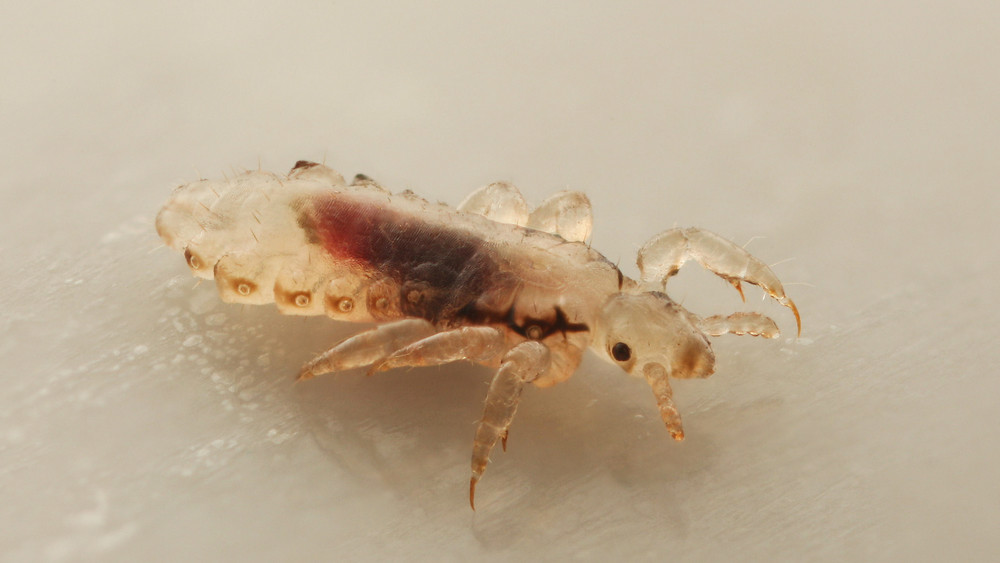Now, new research led by the University of Bath’s Milner Centre for Evolution, in collaboration with scientists based at the University of Illinois in the USA and the Sanger Centre in Cambridge, has found differences in the way that head and body lice read genetic information.
The Bath-led study, published in the journal of Molecular Biology and Evolution, found that the two lice processed RNA (the molecule responsible for making proteins from DNA) differently meaning that the same gene would give rise to two different proteins.
The findings provide the first evidence of differences at the molecular level between the two lice.
An itchy mystery
Head and body lice were long considered to be two different species until DNA analyses showed them to be a single species. There are, however, important behavioural differences which allow body lice to survive in human clothing.
Whilst they are a common unpleasant problem that particularly affects young children, head lice are harmless to their itchy hosts.On the other hand, body lice can be carriers to life threatening bacterial diseases: epidemictyphus, trench fever and relapsing fever.
The new findings could help scientists understand better how these diseases are spread.
Dr Araxi Urrutia led the research team, which also involved Dr Jaime Tovar, Mr Atahualpa Castillo, Professor Ed Feil and Emeritus Professor Stuart Reynolds.
Dr Tovar explained: “Human heads have been a stable environment for lice for millions of years whereas the use of clothing is a comparatively recent event in the evolution of our species.
“Our study suggests how lice were able to evolve and adapt to colonise a new habitat created by the use of clothing and accounts for the differences between the two.”
Adapting to live in new habitats
Dr Urrutia added: “This study adds to mounting evidence for a central role for RNA processing in the adaptation of species to new habitats.
“It is also possible that the genes showing differences in RNA processing in body lice may play a role in the disease carrying abilities in other insects such as mosquitoes.”
The research was funded by CONACYT, the Royal Society and BBSRC.
The University of Bath’s Milner Centre for Evolution is the first dedicated Centre for research and public engagement for evolutionary science in the UK. It is named after alumnus Dr Jonathan Milner who donated £5 million in June towards establishing the Centre.
An impressive 85 per cent of the University’s Biological Sciences research was judged as world-leading or internationally excellent in the recent independently-assessed Research Excellence Framework 2014.

